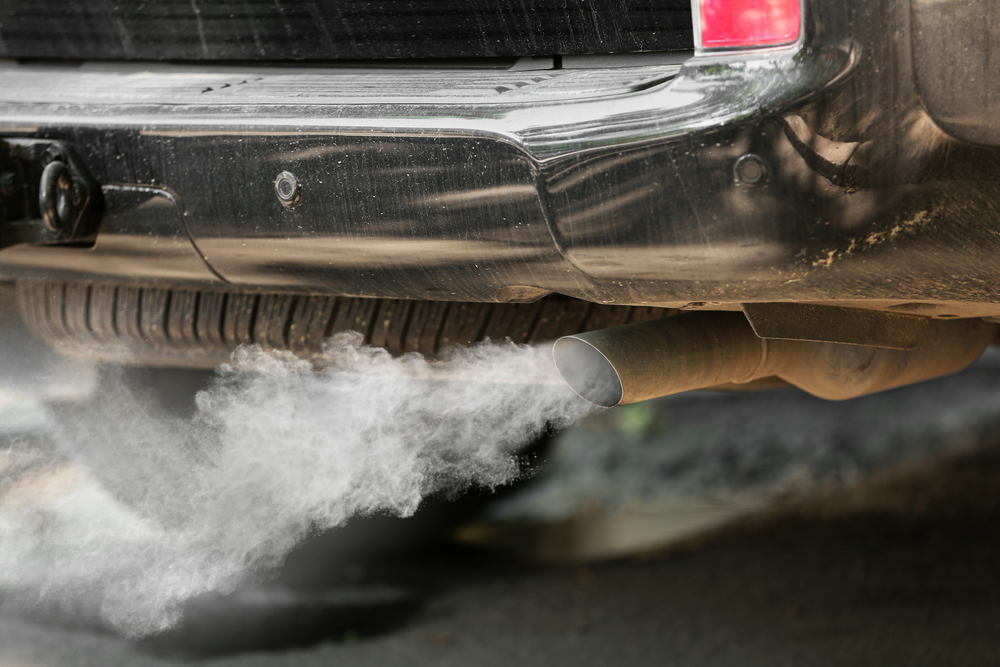Leaking oil isn’t just a mess; it’s a threat to your car’s health and safety. If left unchecked, an oil leak can lead to engine damage, loss of power, and even fires. But don’t panic just yet—fixing an oil leak is often easier than you think. With the right tools, some patience, and this step-by-step guide, you can get your car back in tip-top shape in no time.

Image: classiccarwalls.blogspot.com
Identifying the Source of the Leak
Before you start wrenching, it’s crucial to pinpoint the exact location of the leak. Grab a flashlight and some cardboard or paper to place under the car’s engine. If you notice a puddle of oil forming, that’s a good indication of where the leak is coming from.
Alternatively, you can inspect the engine for visible signs of oil residue or leaks. The most common culprits are:
- Oil pan gasket
- Valve cover gasket
- Timing cover gasket
- Rear main seal
- Oil drain plug
Once you’ve identified the source of the leak, you can proceed with the necessary repairs.
Taking Safety Precautions
Safety first! Before you begin working on your car, make sure to take some essential safety precautions:
- Park your car on a flat, stable surface and engage the parking brake.
- Allow the engine to cool down completely to avoid burns.
- Wear gloves and safety glasses to protect your hands and eyes.
Materials and Tools
Depending on the location of the leak, you’ll need the following materials and tools:
- New gasket or seal
- Oil drain bucket
- Oil filter wrench
- Wrench or socket set
- Sealant
- Rags or paper towels

Image: www.goldeagle.com
Step-by-Step Oil Leak Repair
Now that you have all the necessary safety gear and materials, it’s time to tackle the oil leak. The repair process will vary slightly depending on the source of the leak.
Oil Pan Gasket Replacement
- Drain the oil from the engine into the drain bucket.
- Remove the oil pan bolts and carefully lower the oil pan.
- Remove the old gasket and clean both the oil pan and the engine surfaces.
- Apply a thin layer of sealant to the new gasket and install it on the oil pan.
- Carefully lift the oil pan into place and hand-tighten the bolts.
- Fully tighten the bolts using a wrench or socket set.
Valve Cover Gasket Replacement
- Remove the valve cover bolts and gently lift off the valve cover.
- Remove the old gasket and thoroughly clean the valve cover and cylinder head surfaces.
- Apply a thin bead of sealant to the new gasket and place it on the valve cover.
- Carefully align the valve cover and install it on the engine.
- Tighten the valve cover bolts in a star pattern to distribute pressure evenly.
Other Leak Repairs
- Repairing leaks from timing covers, rear main seals, and oil drain plugs is similar to the above methods.
- Always refer to your specific vehicle’s service manual for detailed instructions and torque specifications.
Replenishing Oil and Checking for Leaks
Once you’ve completed the repair, it’s time to replenish the oil and check for leaks.
- Screw on the oil filter and hand-tighten it.
- Use a filter wrench to further tighten it, but avoid overtightening.
- Add new oil to the engine according to the manufacturer’s recommendations.
- Start the engine and allow it to run for a few minutes.
- Check for any leaks around the repair area.
How To Fix An Oil Leak In A Car
Conclusion
Fixing an oil leak in your car doesn’t have to be a daunting task. By following this comprehensive guide, you can identify the source of the leak, gather the necessary tools and materials, and perform the repairs yourself. Remember to prioritize safety and refer to your vehicle’s service manual for specific instructions. By taking these steps, you can ensure your car runs smoothly and avoid costly future repairs.